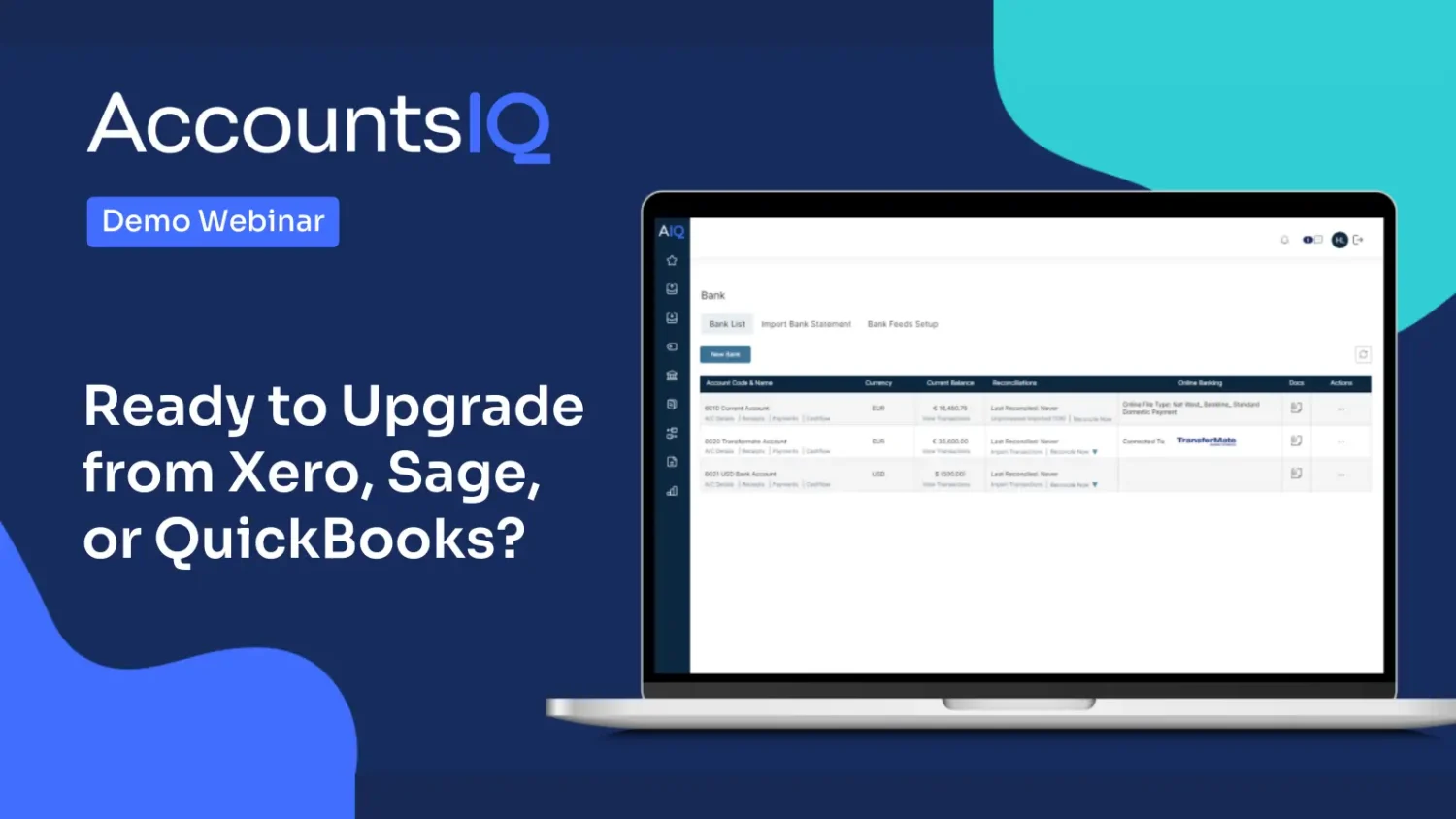Andrew Wedge, EMEA Finance Director at Zuora, discusses why now is the time to reassess the ways in which success is reported in the subscription economy
Increasingly sophisticated investors are looking to non-GAAP based Alternative Performance Measures (APM) to better understand company performance and, in many cases, these are the first items that analysts look for in earnings releases.
The widespread use of such measures is illustrated by the Securities and Exchange Commission (SEC), which reported that currently, almost 90% of the S&P 500 disclose figures in their earnings reports that are not based on Generally Accepted Accounting Principles (GAAP).
A recent study of the CFA’s investment professional membership finds that companies usually report APMs based on two conflicting and potentially broad motives: either to better inform investors or to manage their perception of performance.
It is the second motive that has drawn significant criticism from international regulators, including the European Securities and Markets Commission (ESMA), the International Organization of Securities Commissions (IOSCO) and the SEC, who perceive their use to be a method of potentially concealing the true performance of a business through unnecessarily opaque financial reporting.
Referred to by PwC as accountancy’s ‘old-new’ problem, the use of Non-GAAP Financial Measures (NGFMs) and APMs is recognised by many as a perennial issue facing the industry.
PwC partner, Hemione Hudson argues: “We need more rigour over non-GAAP information, but we also need to look at the non-GAAP information that’s being disclosed and ask ourselves if it should be part of GAAP.”
Alternative Performance Measures in the Subscription Economy
As business models evolve, with subscriptions replacing traditional product sales models, the use of forward looking APMs is arguably seen as more important than traditional GAAP measures.
A respondent to the CFA’s study supported the use of APMs, citing the example of the “upfront recognition of subscription-linked revenues might be appropriate for a video game developer but probably not for a mobile subscription with a high degree of cancellation risk.
An APM can be a much better measure to assess the underlying economics of the business in many cases.”
Disclosing Annual Recurring Revenue (ARR) compared to GAAP reported revenue is an example of this. Under GAAP revenue recognition standards, organisations count revenue when it is earned, which necessitates the discrete, finite delivery of a service or a product. However, as the primary appeal of subscription models to investors is predictable recurring revenue, when it comes to assigning value to a business the view of future revenue streams that the ARR metric (disclosed or inferred) provides often makes this the first port of call for analysts.
Whilst APMs work to reflect the growth of companies operating within the Subscription Economy, these metrics are not defined in GAAP and do possess an element of risk when used. CFOs from some of the technology industry’s biggest SaaS companies are accustomed to variations in the basis for committed monthly recurring revenue (CMRR), customer acquisition cost (CAC), lifetime value (LTV) and churn etc.
The lack of direct comparability between companies will remain until such metrics have consistent definitions. However, regulators such as the FRC and ESMEA are working to ensure measures are consistently presented by companies with comparatives, are clearly defined and reconciled, and the reasons for their use explained.
Sage is an example of a company that is disclosing APMs to help investors understand the impact of its shift away from traditional software licenses and maintenance contracts to a subscription model. As Steve Hare, CFO at Sage, says: “At the moment, our overall revenue growth is around 6%. Our recurring revenue growth is around 10%, but our subscription growth is 32%. Getting investors, and particularly analysts, to understand the constituent parts of that and how the dynamics work is not straightforward.”
Whilst companies like Sage and ServiceNow are already surfacing relevant Subscription Economy metrics in an effort to show investors how their business actually works, widespread adoption is still a future prospect for the majority.
As analyst Tomasz Tunguz at Redpoint notes, “If you sift through the 40+ public SaaS businesses, you won’t find mention of annual recurring revenue, churn, account expansion, or cash collection cycles in most of them – even though these are the metrics the management teams employ to evaluate and steer their businesses.”
Impact of Changes in Accounting Rules
What may also drive the presentation of more relevant APMs are the new ASC 606 and IFRS 15 revenue recognition rules, as companies explain the impact on their reported numbers whilst presenting metrics on the underlying business model fundamentals.
Compliance deadlines are just around the corner, starting with fiscal years that begin after December 15 2017 for public companies and a year later for private ones. The latest PwC survey on the topic, published in April, is not reassuring: 75% of public companies surveyed were currently assessing the impact of the new standard but had not yet started implementing it. Just over half of the companies had not even chosen a method of adoption.
Right now, a lot of finance departments are either panicking to no effect or being dangerously ignorant about the need for change. This ignorance may be of particular concern for businesses undergoing a digital transformation where the new standard may indeed affect their financial reporting. Thomas Tuchscherer, CFO at Talend, has already identified that the rules may require “having to carve out different elements of our subscription revenue, which frankly will be a very subjective process.”
What’s clear, though, is that for forward-thinking companies that are serious about digital transformation, the use of APMs to articulate and explain their business model is becoming more and more important. Business leaders and regulators are increasingly recognising that it’s time to start building paths that people are walking – and more importantly, accurately map how we arrive there.
Andrew Wedge is EMEA Finance Director at Zuora.
Was this article helpful?
YesNo

